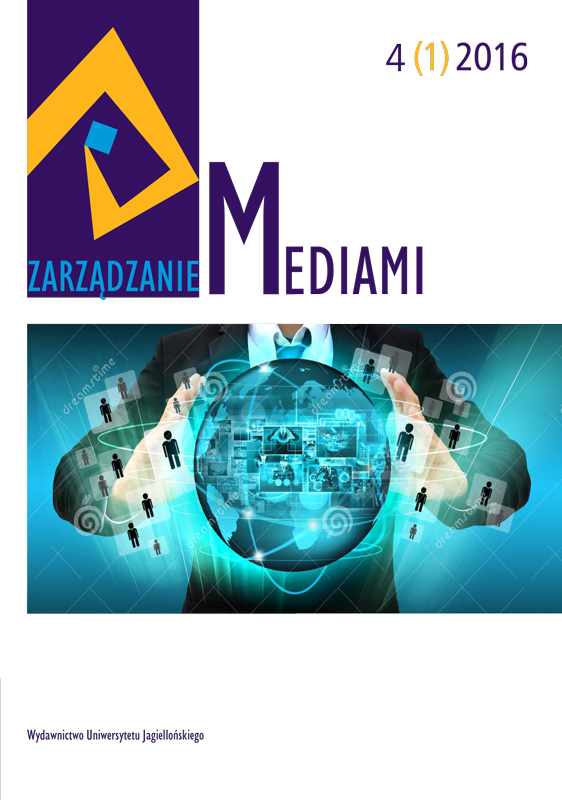The aim of the article is to analyze the relations between the Facebook’s content filter algorithm system and the filter bubble effect – a digital bubble that surrounds a user with personalized content and information, also isolating him from the inf
How does Facebook traps us in a bubble. The Facebook’s content filter algorithm vs filter bubble effect
Author(s): Bartosz MalinowskiSubject(s): Social Sciences, Communication studies
Published by: Wydawnictwo Uniwersytetu Jagiellońskiego
Keywords: Facebook; social media; filter bubble
Summary/Abstract: System of social communication is constantly evolving. The history of media shows that new technologies play a significant role in the formation and perception of social environment. In the 21st century, the influence of the Internet on the functioning of the social, political and media institutions has become a subject of interest shared by numerous scholars working within the field of communication and social sciences. Changes in the area of the media are thought to have important economic, cultural, and social consequences. However, the nature and scale of these changes are rather controversial (Briggs i Burke 2010). Technological changes, also those occurring in the world of media, result in drawing two risky conclusions. First of them is that the changes are perceived as an enemy (things are getting worse); second of them is – in opposition to the first one – that changes are seen as progress. In the media, the newest technologies have transformed the nature of the work of organisation and media workers, range of persons creating content, ways of retrieving and spreading information, ways of creating news, as well as ways of news consumption. This article presents changes taking place in the media environment and attempts to indicate further possible directions taken by these changes.The article undertake to indicate the possible direction in which they follow the media and journalism in the era of the dominance of social media, with a focus on the role of Facebook. Is the journalist continues to be the provider of news? What comes down the function of searching for information? Where consumers are looking for news and whether a journalist is still a credible figure?The aim of the article is to analyze the relations between the Facebook’s content filter algorithm system and the filter bubble effect – a digital bubble that surrounds a user with personalized content and information, also isolating him from the information that does not fir his viewpoint.The Facebook’s content filter algorithm – also known as EdgeRank – is controversial due to its mechanism that prevents certain amount of information from reaching user. This invisible selection system might significantly affect the way we perceive the world – it traps us in a peculiar information bubble.The presented conclusions are to help in understanding the way the EdgeRank works, how it results in creating filter bubbles and what are the main threats being posed by it as well as the methods of reducing its negative effects.The article is divided into five chapters: 1. Facebook as a source of information. 2. The Facebook’s content filter algorithm. 3. Filter bubble in theory and in reality. 4. The consequences of being trapped in a information bubble. 5. How to reduce the negative effects of filter bubble?
Journal: Zarządzanie Mediami
- Issue Year: 4/2016
- Issue No: 1
- Page Range: 15-22
- Page Count: 8
- Language: Polish

